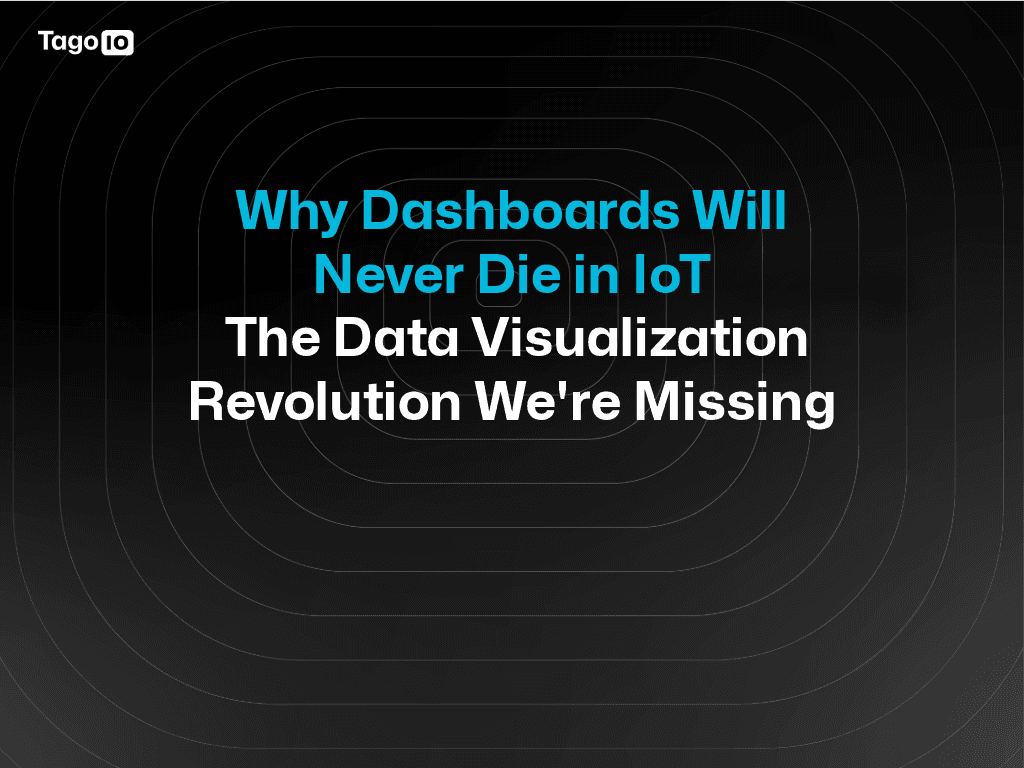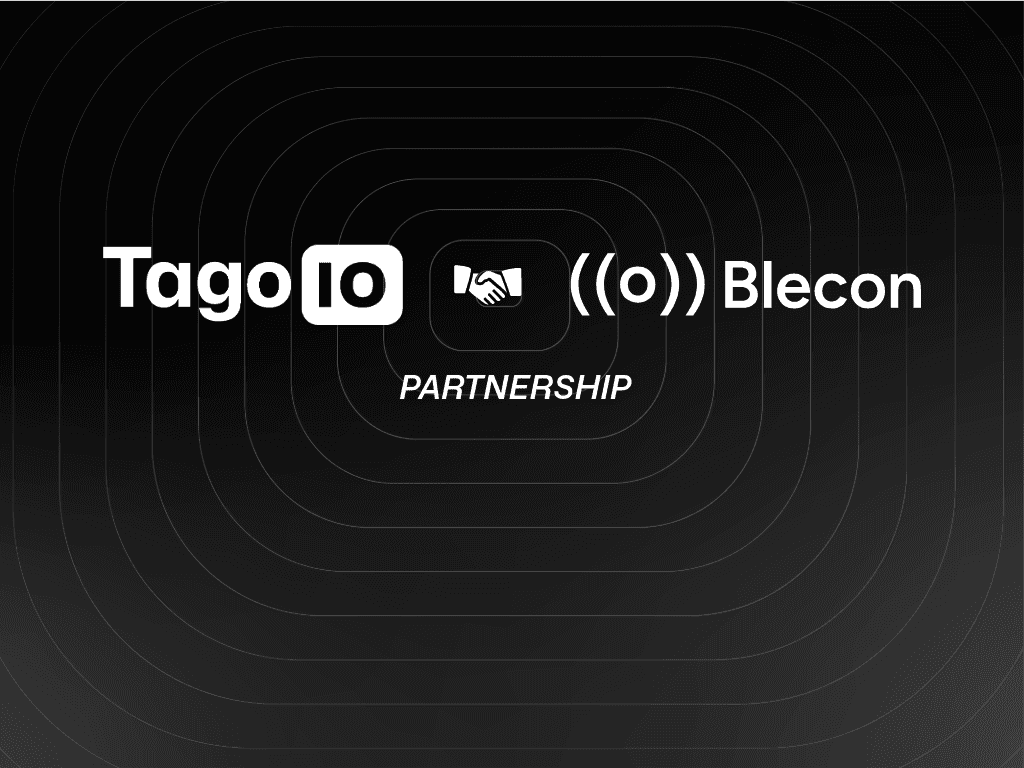Blog
Tech Insigths
Enhancing Controlled Environment Agriculture with IoT
Controlled Environment Agriculture (CEA) transforms farming with IoT technology. Learn about essential sensors for vertical farming and how TagoIO's platform enables real-time monitoring, automated alerts, and data visualization to optimize crop yields, reduce resource consumption, and enhance sustainability in modern agriculture.

TagoIO Team
Mar 13, 2025



Controlled Environment Agriculture (CEA) is changing the way we produce food by leveraging technology to regulate crucial factors such as light, temperature, humidity, and water. CEA ensures consistent crop yields, reduces resource consumption, and enhances overall sustainability.
Within CEA, vertical agriculture maximizes space efficiency by stacking multiple layers of crops, making it a viable solution for urban farming and areas with limited land availability. This method significantly reduces water usage, consuming up to 98% less water (World Economic Forum), minimizes dependency on weather conditions, and optimizes energy consumption, making food production more resilient and sustainable.
The Role of IoT in CEA
IoT (Internet of Things) technology can play a pivotal role in modern CEA systems by integrating smart sensors and automation tools to monitor and control growing environments in real-time. These connected devices provide continuous data on critical parameters such as temperature, humidity, light intensity, nutrient levels, and air composition. Through advanced analytics and automation, IoT enables growers to optimize their farming practices, reduce waste, and enhance crop quality.

In a vertical agriculture setup, IoT-driven systems can automate irrigation, adjust lighting conditions, and regulate CO₂ levels to create an optimal environment for plant growth. These real-time adjustments improve efficiency and help detect potential issues, such as pest infestations or nutrient deficiencies, allowing growers to take corrective action before significant losses occur.
Essential Sensors for CEA
To achieve a truly smart CEA environment, it is crucial to deploy a variety of sensors. Some of the most commonly used sensors in vertical agriculture include:
Temperature Sensors – Monitor ambient and soil temperatures to maintain optimal growing conditions; some examples of this type of device include the Decentlab DL-DS18 , Dragino LHT65N, and RAK Temperature sensor.
Humidity Sensors – Measure air moisture levels to prevent diseases and promote healthy plant development; an example of this type of device is the Seeed SenseCap Air Temperature and Humidity Sensor.
Light Sensors – Detect light intensity and adjust artificial lighting systems when natural sunlight is insufficient; an example of this type of device is the ALLTAR Light Sensor.
CO₂ Sensors – Regulate carbon dioxide levels, a critical factor influencing plant photosynthesis; an example of this type of device is the Decentlab DL-LP8P
pH Sensors – Ensure the nutrient solution maintains the ideal pH balance, particularly in hydroponic systems.
Water Level Sensors – Prevent water shortages or excesses by ensuring appropriate water availability.
Nutrient Monitoring Sensors – Track essential nutrients in the water to optimize plant growth and minimize waste.
How TagoIO Empowers CEA
TagoIO offers a comprehensive IoT software platform to collect, analyze, and visualize data from various sensors. This enables farmers to create personalized solutions that better adapt to their situation and needs, choosing between multiple devices and types of connectivity to integrate their solutions and making data-driven decisions that enhance productivity and resource efficiency. The platform features customizable dashboards, automated alerts, and AI-powered analytics to simplify farm management.

Key benefits of using TagoIO in CEA include real-time monitoring through an intuitive dashboard that keeps track of essential environmental parameters, automated alerts that notify users when conditions deviate from optimal levels, customizable templates that allow for quick setup or tailored solutions for specific farming needs, and seamless integration with multiple sensors and devices to create a fully automated farm management system.

TagoIO Team


